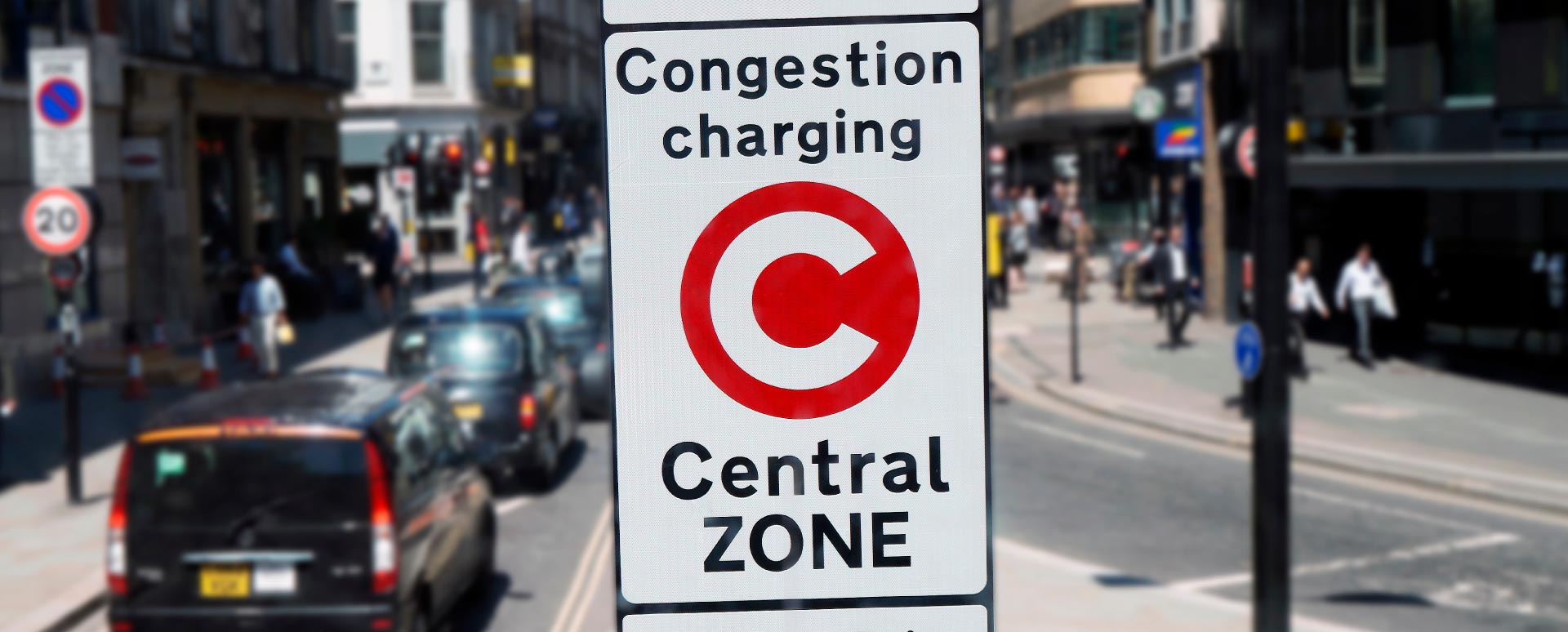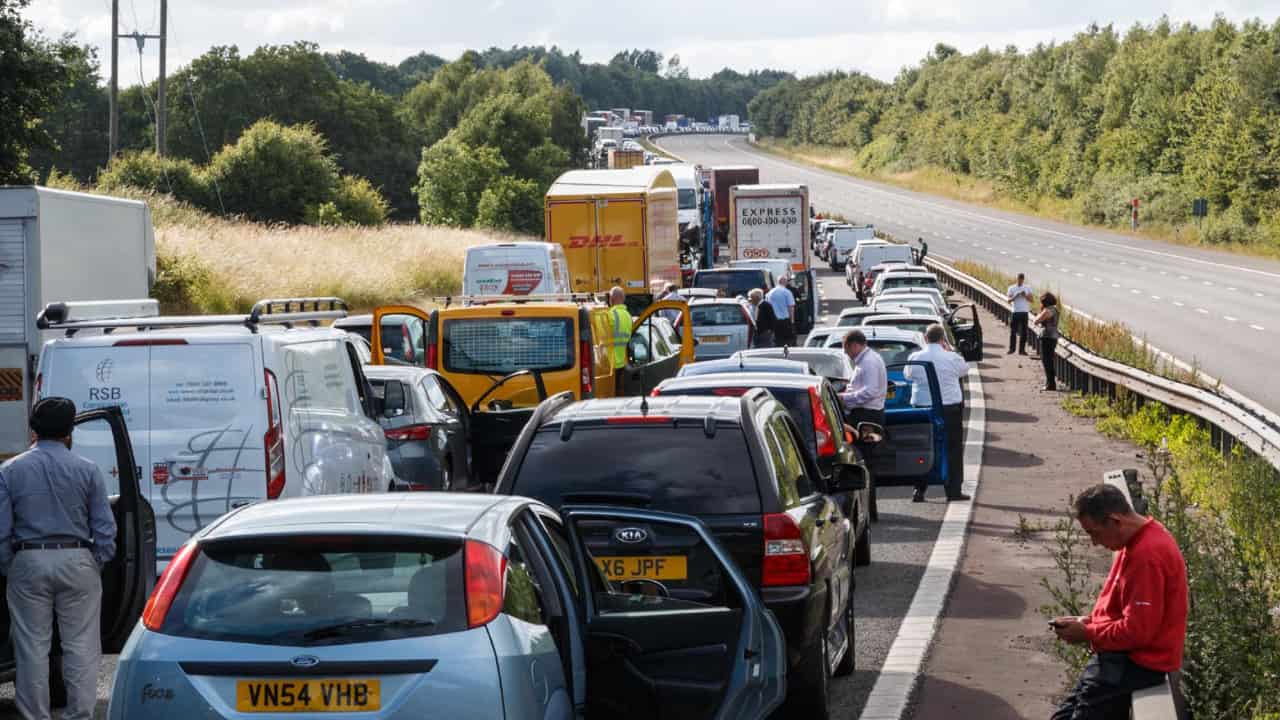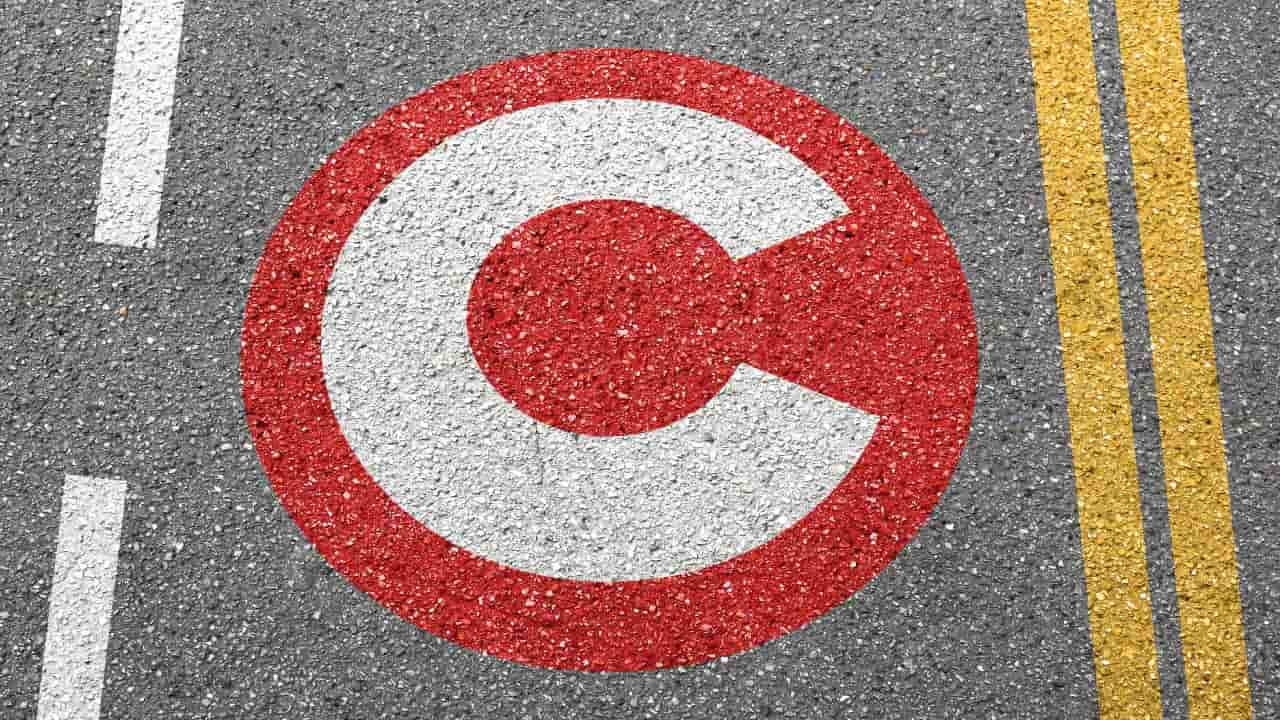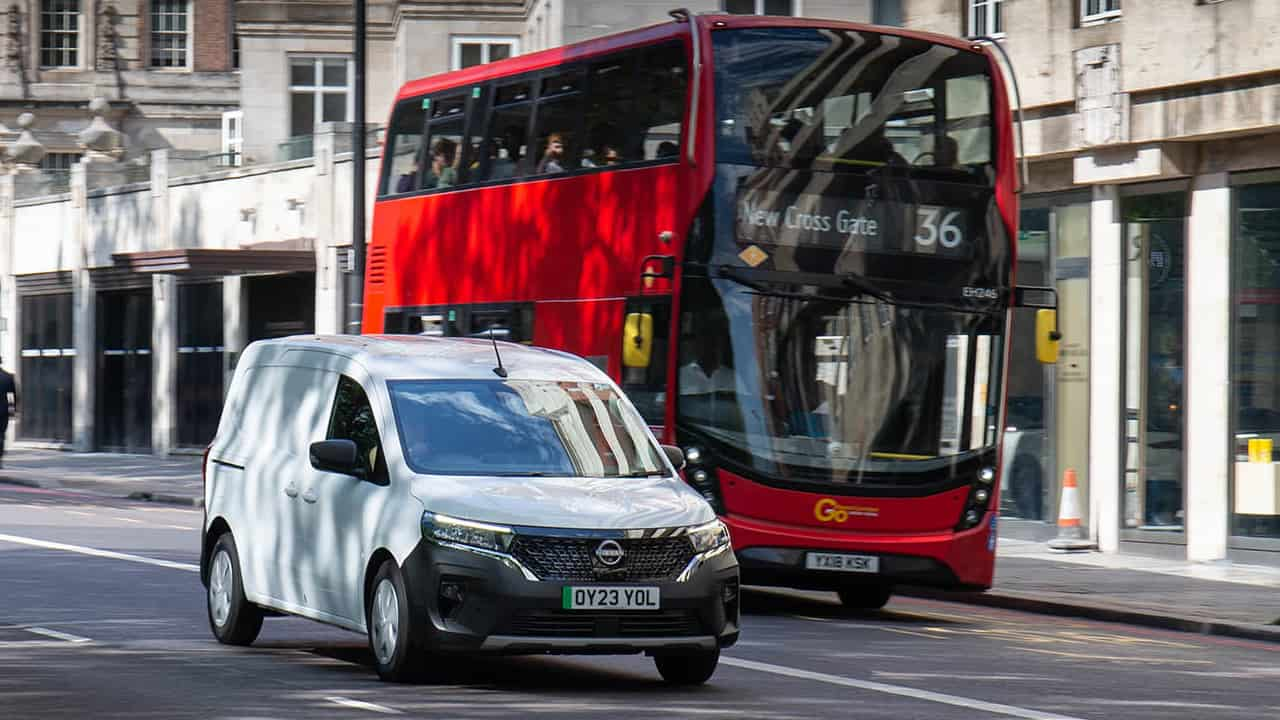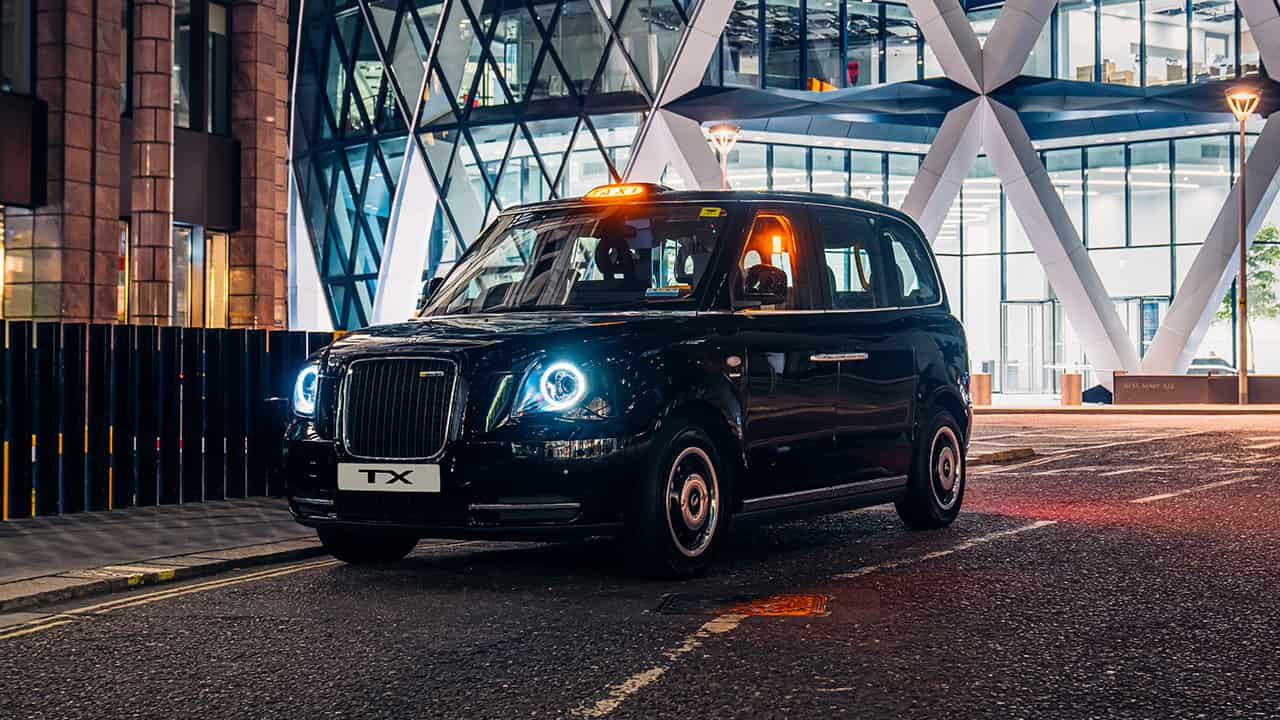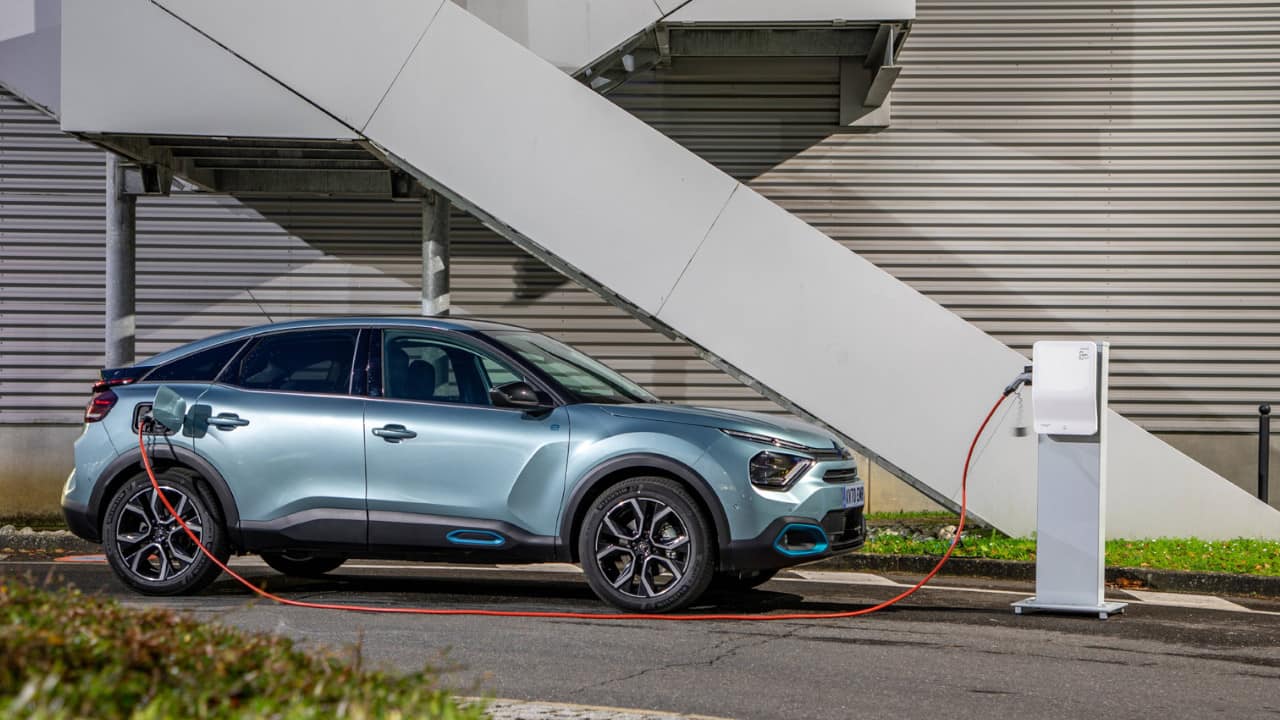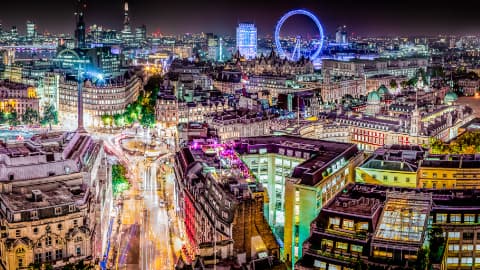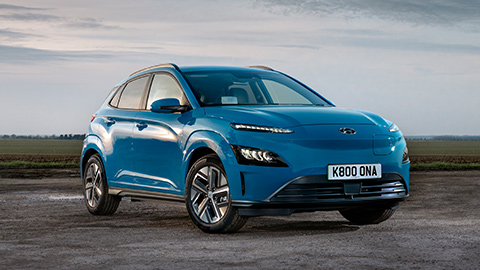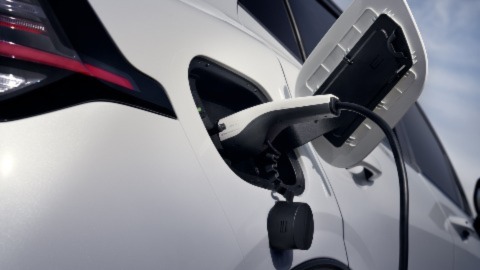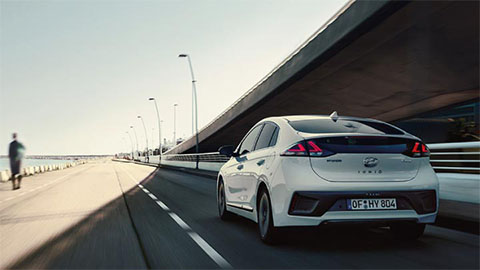Why is congestion an issue?
Congestion can have a significant impact on both the environment and people's daily lives, whether it's in a city's bustling streets or on crowded motorways.
The steady stream of idling vehicles in traffic jams contributes to increased air pollution, releasing harmful emissions and particulate matter that reduces air quality and poses health risks.
Prolonged commuting also robs people of precious hours, causing stress and reducing overall wellbeing.
These inefficiencies in transport systems due to congestion therefore result in wasted fuel, energy and time, reinforcing the urgency and requirement of sustainable transport solutions. That's where the London Congestion Charge comes in as one of many solutions that's been created to help combat these issues surrounding congestion.
Contents
- What is the London Congestion Charge?
- Where is the Congestion Charge zone?
- What time is the Congestion Charge in operation?
- How much is the London Congestion Charge?
- Exemptions from the London Congestion Charge
- How to pay the London Congestion Charge
- What are the penalties for not paying the Congestion Charge?
- Frequently Asked Questions
What is the London Congestion Charge?
The London Congestion Charge is a policy that's been put in place to manage traffic in the UK's capital city. It was implemented by the UK government to try to help reduce traffic congestion and improve the air quality within the city centre.
It's essentially a fee that motorists must pay when driving within a designated area in central London during specific hours.
The aim of the fee is to discourage unnecessary car journeys, as well as promoting the use of public transport within the city, ultimately helping to reduce traffic congestion which can have a detrimental impact on both the environmental and the quality of life for London's residents.
The revenue that is generated from the Congestion Charge is then reinvested into improving public transportation and infrastructure in the city, helping to create a more sustainable and efficient urban environment for everyone in the city.
Don't be confused between the Congestion Charge and the Ultra Low Emission Zone (ULEZ). These are two separate schemes, and you may need to pay both, so it's a good idea to check out the requirements of both charges.
Where is the Congestion Charge zone?
The Congestion Charge zone is mainly in central London with some surrounding areas included too, such as Bloomsbury, Charing Cross, Covent Garden, Euston, Holborn, London Bridge, Mayfair, St James's, St Pancras and Waterloo.
When you enter the Congestion Charge zone, you'll see painted on the road and on signs a red circle with a big letter 'C' in it to indicate you've reached the zone and will be charged the daily fee.
If you're unsure about any of the areas included in the zone, there's a detailed map and postcode checker on the Transport for London website.
What time is the Congestion Charge in operation?
The Congestion Charge is in effect from 7am to 6pm Monday to Friday and from 12pm (midday) to 6pm on Saturdays, Sundays, and bank holidays.
This covers the majority of the working day, so there's definitely ways to avoid it, like driving in the zones outside these times or parking your car and using public transport in the zone during these times.
The Congestion Charge doesn't apply on and between Christmas Day and New Year's Day bank holiday.
How much is the London Congestion Charge?
The cost for the London Congestion Charge is a daily charge of £15 if you're driving within the congestion zone. This charge is applicable if you pay in advance or on the same day you travel, but if you delay the payment up to three days after travelling you'll be charged a higher rate of £17.50.
This can easily start to add up, so it's a good idea to avoid the area if you can, or only drive in the area outside of the designated times.
There are discounts available for certain vehicle types or drivers, as well as some vehicles that are exempt from the congestion charge altogether.
Exemptions from the London Congestion Charge
The following vehicles/drivers are exempt from paying the charge providing they are registered and apply for the discount through the Transport for London website.
- Taxis
- Emergency vehicles
- 2-wheeled motorbikes and mopeds
- Blue Badge holders and disabled drivers
- Vehicles with nine or more seats
- Roadside recovery vehicles
- Armed Forces vehicles
- NHS vehicles that are exempt from paying vehicle tax
There are also discounts available for residents who live within the congestion zone; you can get up to 90 percent of the charge off.
People who drive battery-electric vehicles and hydrogen cars can also benefit from the Cleaner Vehicle Discount. This replaced the Ultra Low Emission Discount (ULED) and is only in place until 2025.
All drivers must register with Transport for London (TfL) and provide the required documents to receive any of the discounts listed above, so it's important to check on the TfL website if you're unsure about any of the discounts available.
How to pay the London Congestion Charge
You can pay the charge on the Transport for London website in advance or on the day you travel – it's best to avoid paying late, so you don't pay the extra £2.50.
One of the easiest ways to pay is by setting up Auto Pay, which can be done online, but you can also pay over the phone or via the Transport for London's Pay to Drive in London app.
What are the penalties for not paying the Congestion Charge?
If you fail to pay the Congestion Charge within three days of driving in the zone, you'll be a Penalty Charge Notice (PCN) for £160.
If you pay the PCN within 14 days, the fine reduces to £80, but you must pay the charge or challenge the PCN within 28 days. Failing to do this will result in the fine increasing to £240.
FAQs
The London Congestion Charge is a daily charge of £15 if you drive within the Congestion Charge zone. If you pay this up to three days after travelling, it increases to £17.50, so it's best to pay in advance or on the day you drive.
You can pay the Congestion Charge on the Transport for London (TfL) website, through the TfL Driving in London app or over the phone. You can also set up Auto Pay to make it easier if you regularly travel in the Congestion Charge zone.
The London Congestion Charge is in operation from 7am to 6pm Monday to Friday and from 12pm (midday) to 6pm on Saturdays, Sundays, and bank holidays. The charge doesn't apply on and between Christmas Day and New Year's Day bank holiday.
You can avoid the London Congestion Charge by not driving in the Congestion Charge zone during the times that the charge is in operation, and use public transport instead. Or, you can check if you or your vehicle are exempt from the Congestion Charge and apply for the discount on the Transport for London website.
Reduce emissions and congestion
Lowering congestion, especially in urban areas, can be tricky, and the London Congestion Charge is one of the UK's biggest schemes to tackle congestion on the city's roads.
There's also other things you can do to help reduce emissions and congestion in general, like using public transport where possible, car sharing, or switching to an electric vehicle. There are a number of benefits to going electric and with numerous manufacturers now offering electric options, it's becoming more and more accessible to buy an electric car.
You can read more handy driving guides on our blog, or to find out what new car might be right for you, we also have plenty of buying guides for you to explore too.

